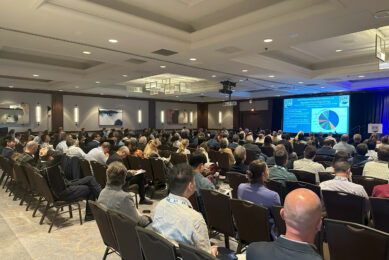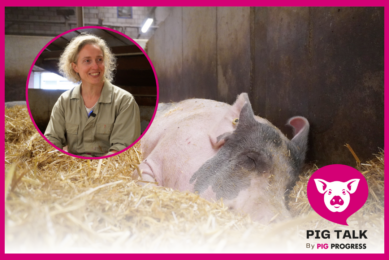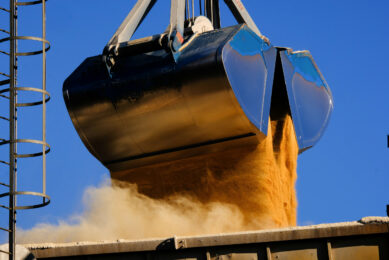A good start pays off
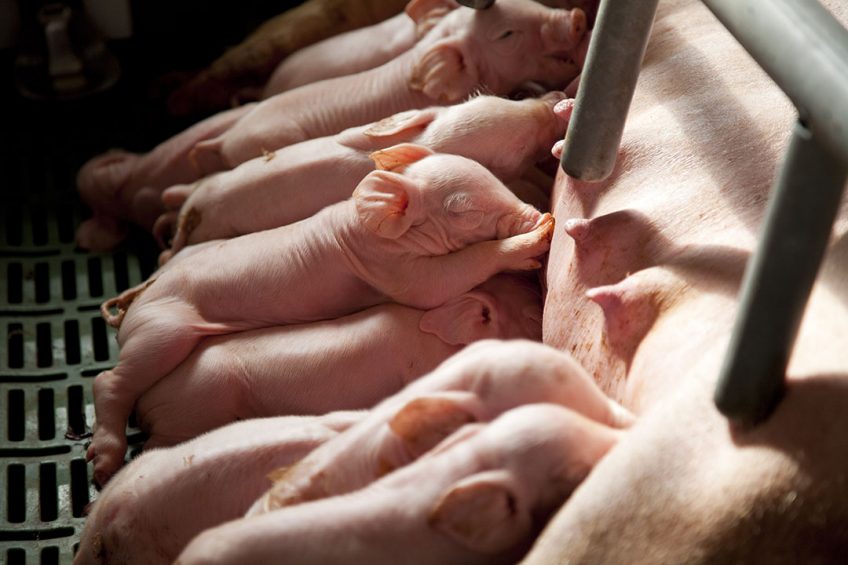
At birth it isn’t always a given that every piglet will make it. But which practices will actually be most economically beneficial and ensure every piglet will make it through weaning? Birth weight, colostrum, supplemental feeding and appropriate management are four key aspects to pay attention to.
Farms differ around the globe in how they behave, their management and performance levels. Internationally, there is a strong difference in the national average of pig production costs from farrow-to-finish; the costs from 17 European and non-European countries are shown in Figure 1. EU countries like Italy and Spain have higher production costs than Canada or the United States where the cost of production is about € 1. Approximately 70% of the total costs come from feed, which is similar across all the countries. There are various reasons for the cost difference.
Figure 1- International pig production costs.
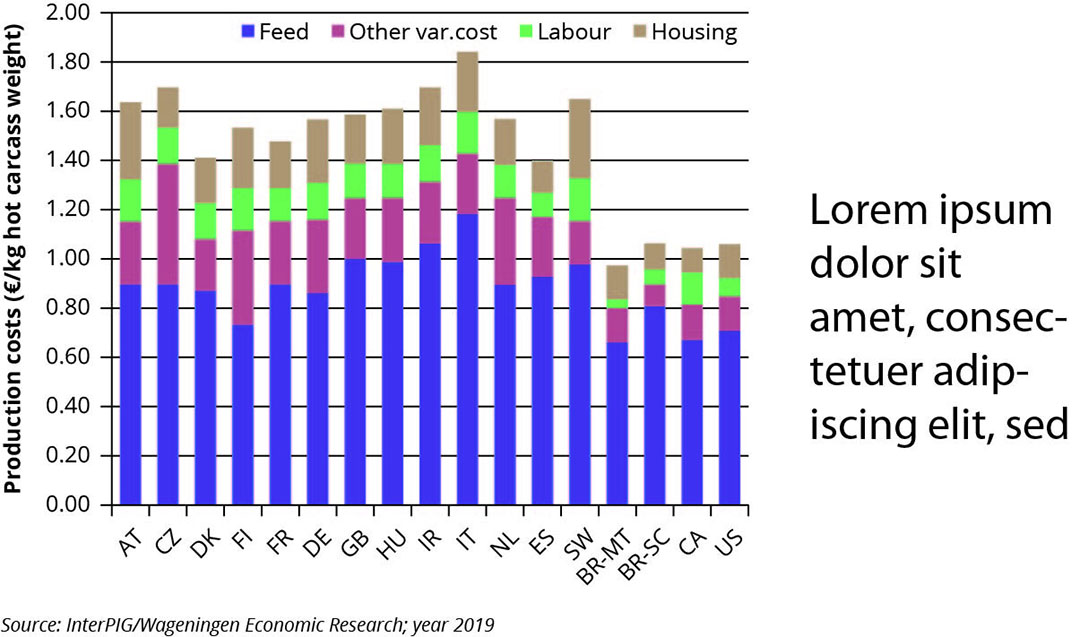
Feed costs make up the lion’s share of that difference. For instance, when focusing in on feed costs for a 30kg piglet in those 17 countries, it can be seen that costs vary from € 12 to just over € 17 – a big difference. Even within countries, prices can vary. For example, in Brazil, the price of feed in Santa Catarina state (BR-SC) and Mata Grosso state (BR-MT) is different; prices are much lower in Mata Grosso than Santa Catarina, which could partially explain why the total costs vary so much between the 2. Feed efficiency also plays a large part in the total picture.
Between countries, there is also a difference in the daily weight gain (DWG) and feed conversion ratio (FCR) of piglets between 8-30 kg, all adding to the cost difference. What goes into the feed (energy, protein levels) also vary from country to country
Where farmers can make a difference
There are various feed-related aspects to keep in mind around weaning, which can make a huge difference in terms of cost of production.
The influence of birth weight
Piglets’ birth weight can affect the survival and growth rate. The survival rate of piglets born under 900g is less than 40%, this number improves if they are born above 1 kg. The lighter piglets also take 18 days longer to reach the correct slaughter weight. That has a knock-on economic effect. When it comes to survival rate, take into account every piglet lost is about € 34 net margin loss.
Colostrum impacts survival rate
Sufficient colostrum intake is important for small piglets for survival and lifetime performance. The larger the litter, the less colostrum is available per piglet. Those piglets that receive less than 100g have a mortality rate of over 60%. Not only is the amount of colostrum consumed important but also the timing of when the colostrum is received has an impact, as the amount of antibodies in the colostrum decreases over time. The antibodies are at the highest directly after the first piglet is born, after 6 hours that decreases by 50%.
Supplemental feed for piglets
Should piglets be given supplemental milk and creep feed? While creep feed is common, the question arises for supplemental milk – should that be given? This supplemental milk is necessary especially if producers have a larger litter, as there is insufficient milk from the sow. They need to give additional milk or use foster sows. Piglets given creep feed ten days post-weaning show higher feed intake and ADG (Figure 2).
Figure 2 – Supplemental feed for suckling piglets.
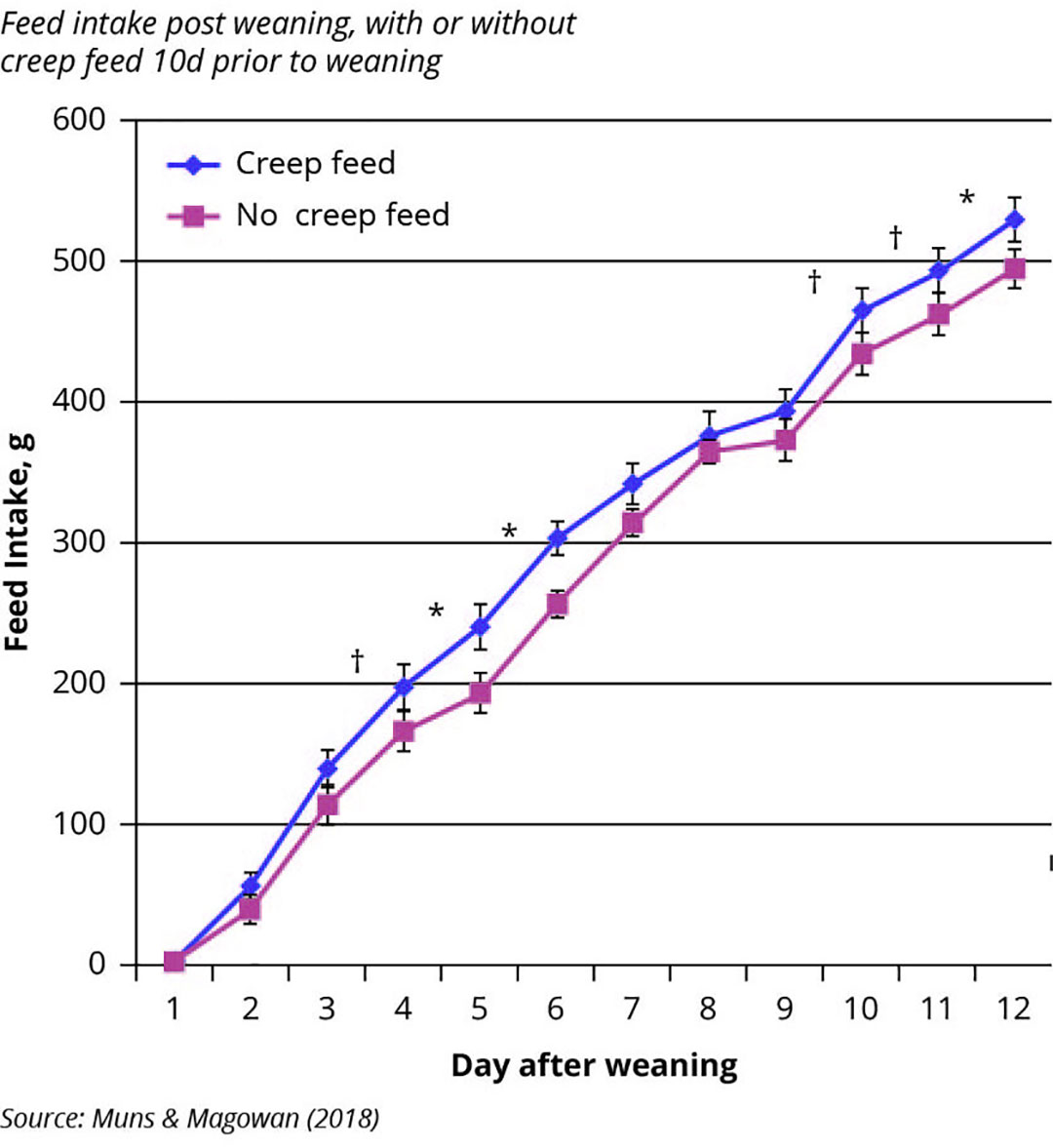
Creep feed and supplemental milk have advantages as they encourage higher weaning weights which lead to a higher slaughter weight, litter uniformity and pre-weaning mortality is lower. Supplying supplemental milk, however, could ‘mask’ management issues.
From an economic point of view, an investment of € 1 per piglet for supplemental milk and creep feed will be beneficial if one the following technical parameters are being achieved:
- 0.44 more weaned piglets/per litter
- +40g/day ADG in the grower/finisher phase
- -0.05 FCR in the grower/finisher phase;
- A combination of all
Appropriate management and education
The most important aspect, however is appropriate management and education. If a piglet doesn’t receive the right care from the farmer or the employees then it’s not possible to get them to the end in an efficient way. The reason why piglets don’t receive the right care is often down to labour availability and labour quality; if workers are underpaid, this will reflect in the amount of employees a farm has and this in turn can affect the quality of care the pigs receive.
In addition, the quality of stockmanship is slipping. Therefore more attention needs to be paid to this through education, whether through education entities or farmers themselves.
All in all, the effects of a good start will last all the way up to the slaughterhouse: a high birth weight will definitely be helpful; so will plenty of colostrum, presented early; supplemental feed which can differ per farm and finally, it all should be supported by appropriate management, being an absolute prerequisite.
This article is a summary of a presentation held during a webinar on Young Animal Care, held by All About Feed together with the Royal Agrifirm Group, in December 2020. It was organised to launch the company’s new young animal nutrition brand ‘Earlyfeed’. The webinar can still be viewed on demand.




